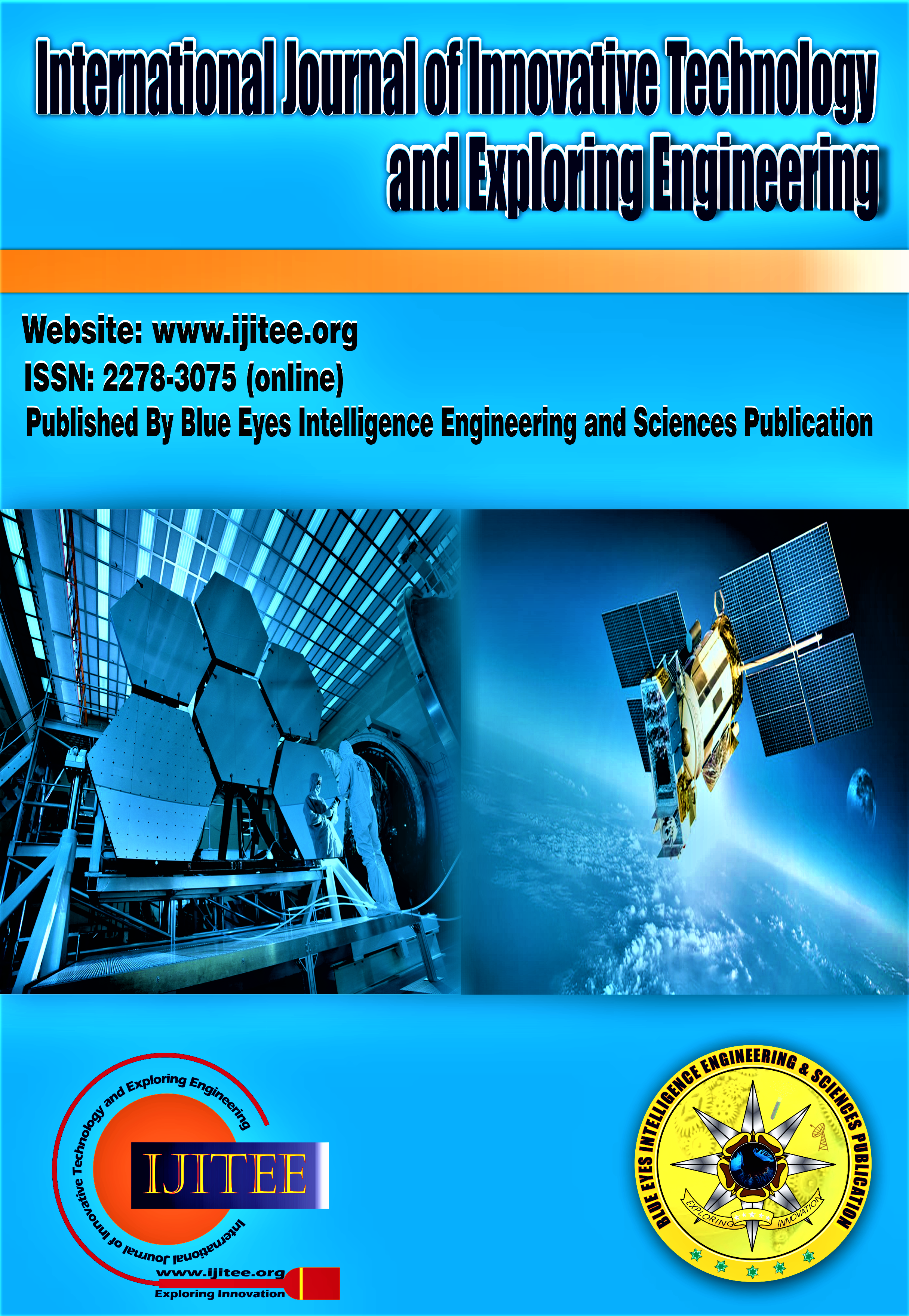Magnetoresistance and Carrier Collection in Bifacial Multicrystalline-Si Solar Cells: Role of Base Thickness and Illumination Mode
Main Article Content
Abstract
We investigate how weak transverse magnetic fields (B = 10⁻⁴ to 10⁻³ T) influence bifacial multicrystalline-silicon photovoltaic cells operated near open-circuit conditions, focusing on the photovoltage (Vph), photocurrent density (Jph), and the apparent series resistance (Rs) as functions of base thickness (e = 100–400 μm) and illumination mode (front, rear, dual). Jph–Vph characteristics reveal a systematic increase of Rs with B, whose magnitude depends strongly on e and illumination: the effect is maximal under rear illumination, mitigated under dual illumination, and moderate under front illumination. Under rear illumination, increasing e markedly reduces carrier collection; for illustration, Jph and Vph drop from ≈10 mA·cm⁻² and 0.34 V to ≈0 mA·cm⁻² and 0.23 V when e increases from 100 to 400 μm. To quantify this behavior, we analyze Rs(e, B) and the absolute change ΔRs (maximized over the tested field window). Because the carrier-collection velocity (CCV) can vary with operating conditions, we report extractions in which CCV is either freely fitted or held fixed at 60.256 cm·s⁻¹ to isolate the magnetic contribution to Rs. The interpretation follows a magnetoresistive framework: the Lorentz force reduces the effective mobility μ(B) and, via the Einstein relation, the diffusion coefficient D(B). In the Drude limit for B ⟂ J, the longitudinal diffusion follows D∗ (B)=D/[1+(μB)²], implying a shortened diffusion length and reduced conductance. At millitesla fields, however, the intrinsic reduction of D is slight; the dominant contributions to the “apparent” Rs arise from surfaces and contacts (passivation quality, metallization), current-spreading in the base, extraction geometry (sheet vs. bulk paths), and injection level. A joint parametric extraction of {J0, n, Rs , Rsh} by illumination mode and thickness is essential to explain high-voltage slopes and to link transport parameters to performance. These findings identify practical levers, thickness selection, improved surface passivation, optimized contact design, and illumination strategy, to mitigate magnetically induced increases in Rs. They also motivate future work on field orientation, temperature dependence, and spatial mapping of Rs to localize resistive bottlenecks and guide device engineering.
Downloads
Article Details
Section

This work is licensed under a Creative Commons Attribution-NonCommercial-NoDerivatives 4.0 International License.
How to Cite
References
Liu, S., Zhang, M., & Wang, X. (2019). Enhanced Bifacial Solar Cell Performance through 3D Modelling. Renewable Energy, 135, 1427–1434. DOI: https://doi.org/10.1016/j.renene.2018.12.062
Thiaw, C, et al., “Determination of the optimal base thickness of an n+–pp+ silicon solar cell under magnetic field,” J. Electromagn. Anal. Appl., vol. 12, no. 7, pp. 139–154, 2020. DOI: https://doi.org/10.4236/jemaa.2020.127009
TOURE, M, et al, “3D Mathcad Simulation of Photovoltage in C-Si Solar Cells Under Multispectral Illumination: Combined Effect of Transverse Magnetic Field and Base Thickness”, DOI: https://doi.org/10.5281/zenodo.17007121
Zoungrana, M., et al., “The effect of magnetic field on the efficiency of a silicon solar cell under an intense light concentration”, Advances in Science and Technology Research Journal Volume 11, Issue 2, June 2017, pages 133–138. DOI: https://doi.org/10.12913/22998624/69699
Ndeto, M. P, Wekesa, D. W, Kinyua, R, & Njoka, F. (2020). Investigation into the effects of the Earth’s magnetic field on the conversion efficiency of solar cells. Renewable Energy, 159, 184–194. DOI: https://doi.org/10.1016/j.renene.2020.05.143
Faye, D., et al. (2020). Lamella Silicon Solar Cell under Both Temperature and Magnetic Field: Width Optimum Determination. Journal of Electromagnetic Analysis and Applications, 12, 43–55. DOI: https://doi.org/10.4236/jemaa.2020.124005
Sourabié, I, Zerbo, I, Zoungrana, M, Combari, D. U, Bathiebo, D. J, (2017). Effect of Incidence Angle of Magnetic Field on the Performance of a Polycrystalline Silicon Solar Cell under Multispectral Illumination. Smart Grid and Renewable Energy, 8, 325–335. DOI: https://doi.org/10.4236/sgre.2017.810021
Liang, T. S, et al. “A review of crystalline silicon bifacial photovoltaic performance characterisation and simulation,” Energy Environ. Sci. 12 (2019) 116–148. DOI: https://doi.org/10.1039/C8EE02184H
Lin, C.-H, “The Effect of Thickness and Surface Recombination Velocities on the Performance of Silicon Solar Cell,” Solids 6 (2025) 33. DOI: https://doi.org/10.3390/solids6030033
Wagner, J.-M, et al. “A critical review… Rs, dark vs. Rs, light?” AIP Conf. Proc. 1999 (2018) 020022. DOI: https://doi.org/10.1063/1.5049261
Guerrero-Lemus, R, et al. “Bifacial solar photovoltaics – A technology review,” Renew. Sustain. Energy Rev. 60 (2016) 1533–1549. DOI: https://doi.org/10.1016/j.rser.2016.03.041
Fathabadi, H (2020). Magnetic field effect on silicon-based solar cells. Materials Chemistry and Physics, 244, 122684.
DOI: https://doi.org/10.1016/j.matchemphys.2020.122684
Combari, D. U., et al. (2018). Performance Investigation of a Silicon Photovoltaic Module under the Influence of a Magnetic Field. Advances in Condensed Matter Physics, 2018, Article ID 6096901. DOI: https://doi.org/10.1155/2018/6096901
Tada, K, et al. “What do apparent series and shunt resistances in solar cells really mean?” Phys. Status solidi (a) 215 (2018) 1800448.





